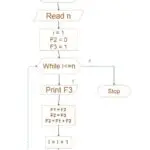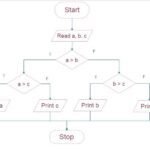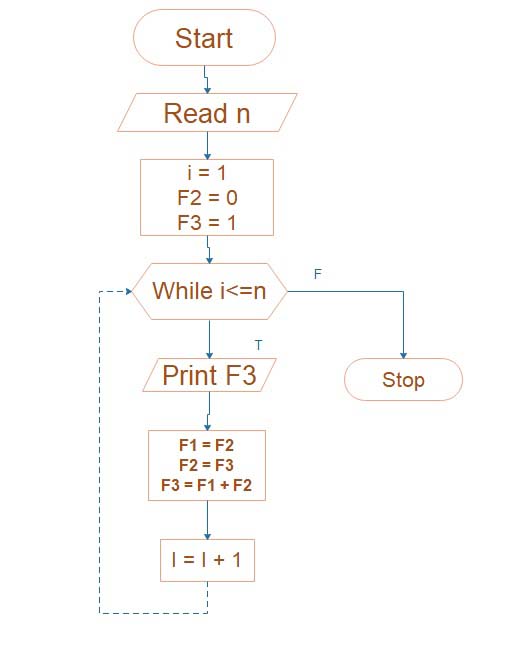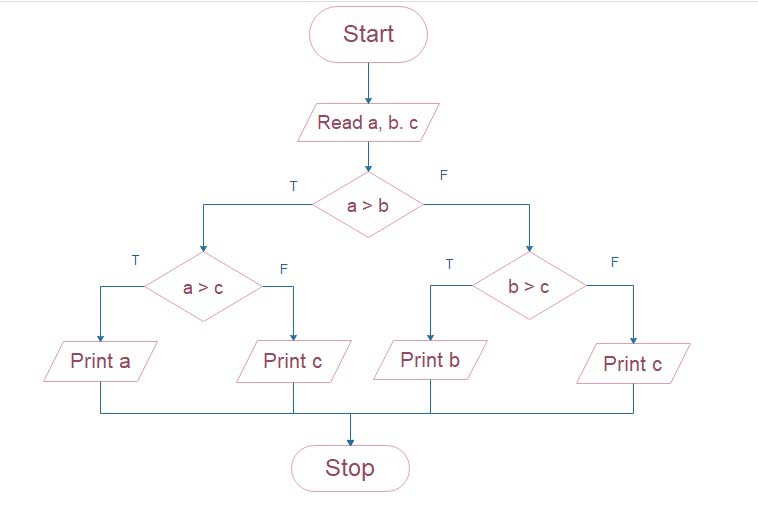Jet Strikes Curved Plate is Symmetrical or Unsymmetrical
Jet strikes this curved plate on one end tangentially during the plate is symmetrical
Let this jet strikes the curved fixed plate on one end tangentially as presented in Fig.

- Let the curved plate is symmetrical about the x-axis.
- Then the angle made by the tangents at the two ends of the plate will be the same.
Let
v = Velocity of a jet of water,
θ = Angle made by jet with the x-axis at the inlet tip of the curved plate.
- If the plate is smooth including loss of energy due to impact is zero when the velocity of water at the outlet tip of the curved plate will be similar to V.
- These forces exerted by the jet of water in the during of x and y are,
Fx = (mass/sec) x [v1x – v2x]
= ρav[vcosθ – (-vcosθ)]
= ρav[vcosθ + vcosθ]
= 2ρav^2 cosθ
Fy = ρav [vly – v2y]
= ρav [vsinθ – vsinθ]
= 0
Jet strikes each curved plate at one end tangentially this plate is unsymmetrical
- If the curved plate is unsymmetrical nearly the x-axis when the angle made by the tangents drawn at the inlet also outlet tips of the plate with the x-axis will be another.
Let
θ = angle made with tangent at inlet tip by the x-axis,
ϕ = angle made with tangent at outlet tip by the x-axis.
- The two components of the velocity at the inlet are v1x = v cosθ and v1y = v sinθ
- The two components of the velocity at the outlet are v2x = v cosϕ and v2y = v sinϕ
The forces exerted by the jet of water in the directions of x and y are
Fx = ρav [v1x – v2x]
= ρav [v cosθ – (-v cosϕ)]
= ρav [v cosθ + vcosϕ]
= ρav^2 [cosθ + cosϕ]
Fy = ρav [v1y – v2y]
= ρav [v sinθ – v sinϕ]
= ρav^2 [sinθ – sinϕ]
Reference:
Fluid mechanics, By R. K. Bansal














